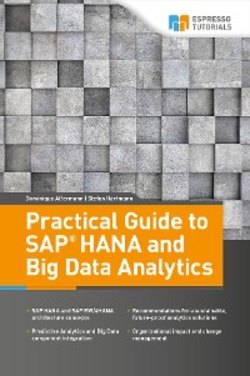Читать книгу Practical Guide to SAP HANA and Big Data Analytics - Stefan Hartmann - Страница 34
2.1.3 SAP HANA Extended Application Services Advanced (XSA)
ОглавлениеThe previously-mentioned XS engine has undergone a change with Service Pack 11 and is now known as the XSA engine. The “A” in the XSA stands for “advanced”, and means that the XS engine has now completely switched its code basis and also changed ownership within SAP. Previously, the XS engine only supported JavaScript coding and oData (a data exchange protocol developed by Microsoft). The XS engine could therefore be seen as a lightweight webserver. With the switch to XSA, node.js, Java and C++ coding are now also supported. In this way, the SAP HANA platform has been enhanced and has made the XSA engine a more heavyweight webserver.
SAP HANA 2 BYOL
With SAP HANA 2, the XSA engine now includes the option to Bring Your Own Language (BYOL), which essentially means that any coding is supported. So far, we have not seen that in action, so further testing is required.
Figure 2.2 depicts the XSA engine and its surrounding components. As the figure shows, the main components necessary to build a web application are as follows:
A database is needed to store data and to execute changes to the data as requested by the application.
The web application itself needs to be coded. This can be done in any language supplied by the XSA engine. Another possibility involves connecting a different webserver and using HANA only as the database.
The third and final component is the presentation logic. The borders between control flow and presentation can be very fluid; for example, if you decide to build the web page using traditional client-side JavaScript (XSJS) and SAPUI5, then the code is executed on the client side and only the data exchange between client and server is handled via oData services. A second option consists of only using input from the client side, creating the webpage in HTML5 code, and implementing the more complex application logic on the server side.
Figure 2.2: The SAP HANA XSA architecture foundation
